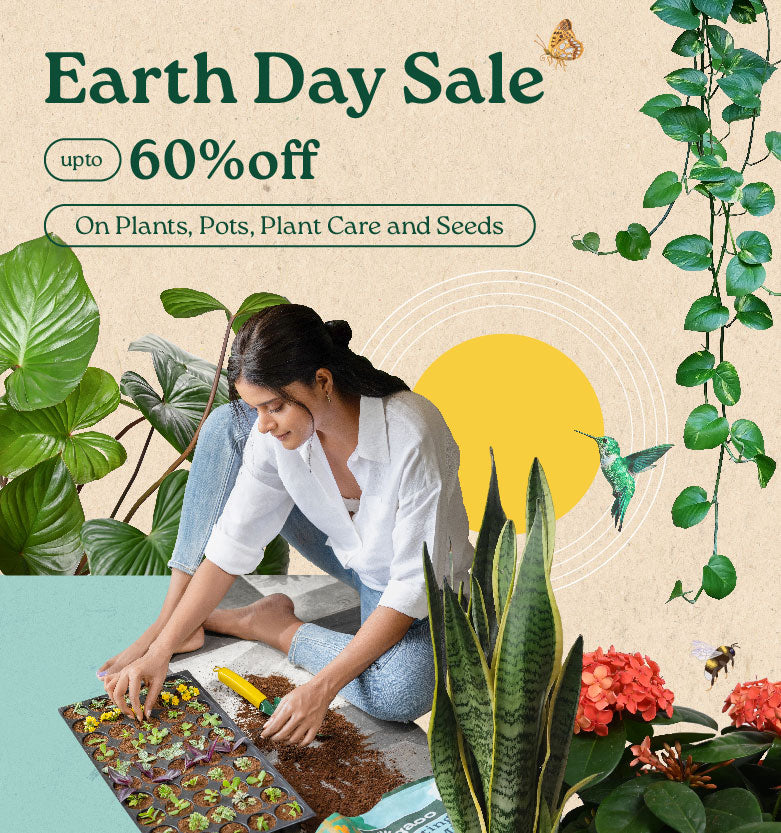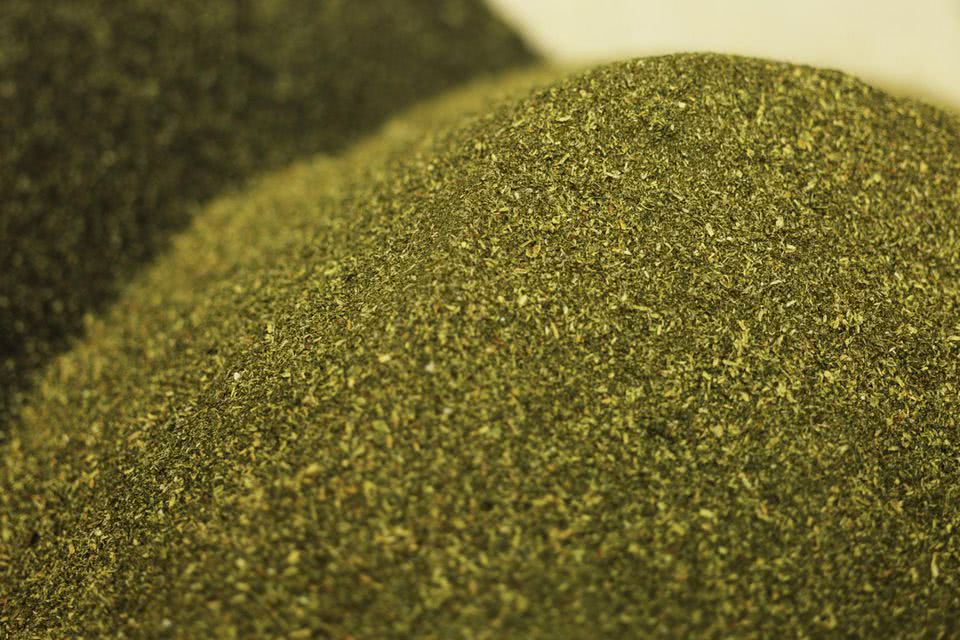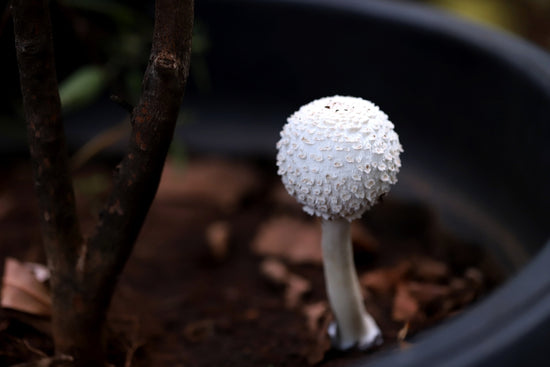What is Green sand?
Known since the 1700s, Green sand is an all natural slow-releasing source of potash that is an essential nutrient which contributes to the plant's overall health.
It has been around for decades and is a favorite tool used by organic gardeners to fertilize their soil. The sand variant is one of the best certified natural potassium sources and contains a high level of glauconite. It is listed by the OMRI for organic use.
Green sand is a melange of the mineral deposits from the ocean floor. Bluish-green in color, the NPK - nitrogen-phosphorus-potassium ratio in Green sand is 0-0-3. It can be used as a soil conditioner or fertilizer; and comprises of marine potash, magnesia, lime, silica, iron oxide, phosphoric acid, and about 30 other trace minerals.

Why do I need Green Sand?
- Soil infertility is caused due to the loss of moisture. Moisture in the soil helps the plants retain water and prevent it from becoming clay-like. This soil transformation can be irreparable and destroy your entire garden. Greensand averts this destruction in the following ways.
- Potassium in Green sand attracts water, redirecting moisture from the evaporation inclined surface towards the roots.
- This moisture is adequately held by the roots and ensures the health of both the soil and the plant. When applied in the prescribed quantity, greensand will add nutrients, retain soil moisture, and provide vital water-soluble nutrients.
Benefits of using Green sand:
- Slow releasing mineral fertilizer
- Enhance soil structure
- Potassium content boosts the plant root growth
- Its nutrients ensure that the overall health of plants is good
- Beneficial component of container garden soils and seed starting mixtures
- Loosen heavy clay soils, and increases the supply of oxygen to the growing roots
- Improve the moisture retention of sandy soils, and makes them drought tolerant
- In potting soil, Green sand provides a slow and gradual release of potassium and over a period improves soil structure.

How to Use Green Sand:
- Green sand is applied to the soil and not mixed in water because it isn’t water soluble and hence it has to break up in the soil.
- Mix 2-cups green sand into the soil around individual plants and trees. You can treat approximately 1,000 feet of soil using 50 to 100 pounds of Green Sand in a broadcast application.
- Apply 16 pounds per 1,000 square feet on lawns and 30 pounds for flower and veggie gardens.
- You can add about 1/3 cup/bush and 2-tablespoons per gallon of potting mix.
- It can be applied to sensitive plants too.
- Organic Gardeners prefer Green Sand because it is an extremely beneficial natural fertilizer, not toxic to humans or animals, does not harm essential microorganisms (and worms) in the garden soil.
Happy Gardening!












